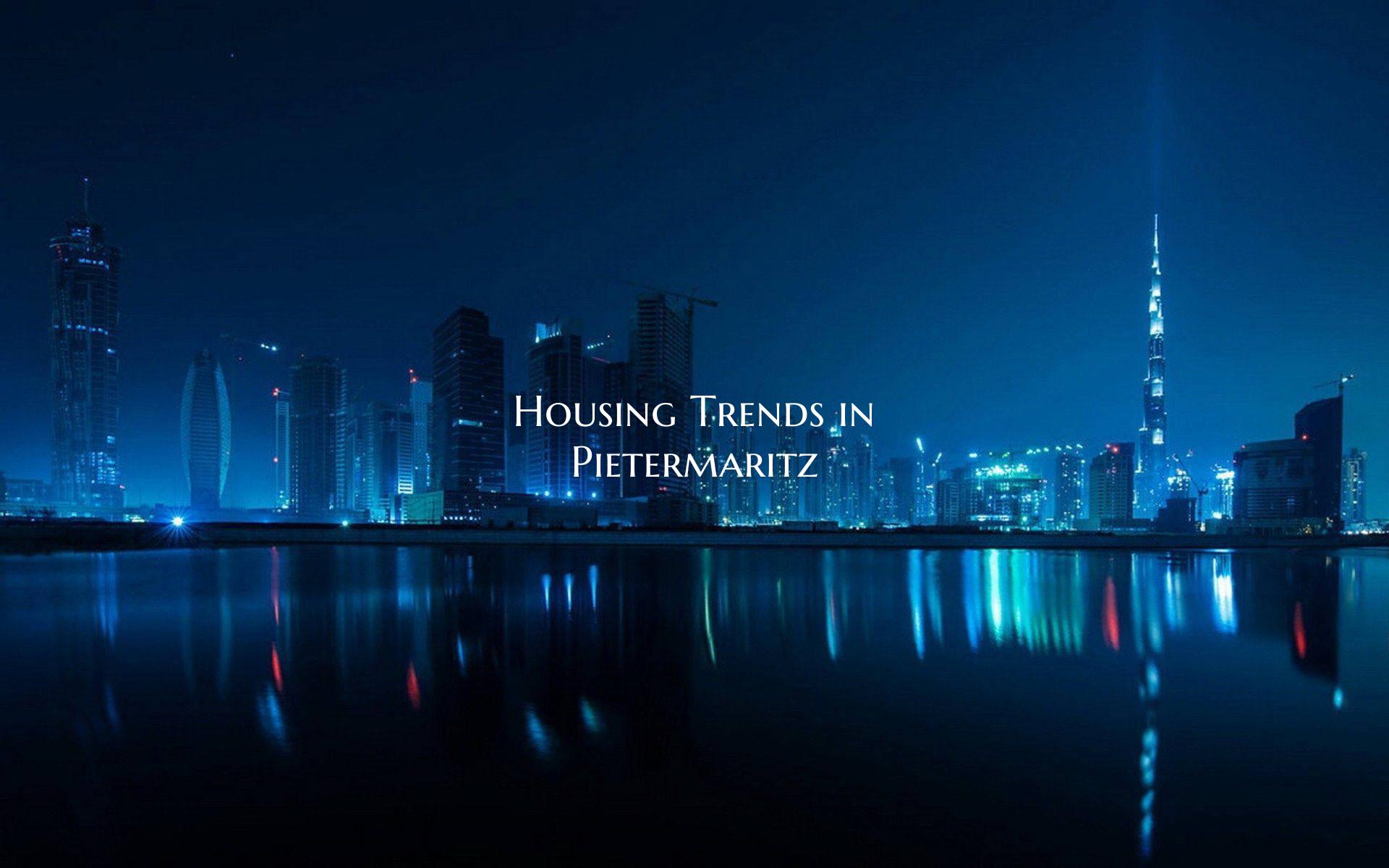Housing Trends in Pietermaritz

Housing Trends in Pietermaritz
Pietermaritzburg, a city located in the province of KwaZulu-Natal in South Africa, is experiencing dynamic trends in its housing market. These trends are shaped by various factors such as population growth, urbanization, economic development, and changing consumer preferences. Understanding these trends is essential for residents, investors, and policymakers to make informed decisions regarding housing in Pietermaritzburg.
1. Increased Demand for Affordable Housing: One of the prominent trends in Pietermaritzburg is the growing demand for affordable housing options. With a rapidly expanding population and urban migration, there is a need for housing solutions that are accessible to a wide range of income groups. Developers are responding to this demand by constructing more affordable housing units in various parts of the city.
2. Rise of Gated Communities and Security Estates: In response to concerns about safety and security, gated communities and security estates are becoming increasingly popular in Pietermaritzburg. These housing developments offer residents a sense of security and exclusivity, along with shared amenities such as parks, recreational facilities, and 24-hour security services.
3. Emphasis on Sustainable and Eco-Friendly Housing: With a growing awareness of environmental issues, there is a shift towards sustainable and eco-friendly housing in Pietermaritzburg. Developers are incorporating green building practices, energy-efficient technologies, and environmentally friendly materials in their housing projects to reduce the carbon footprint and promote a healthier living environment.
4. Mixed-Use Developments: Another trend in Pietermaritzburg is the emergence of mixed-use developments that combine residential, commercial, and retail spaces in a single complex. These integrated developments aim to create vibrant urban environments where residents can live, work, and socialize within walking distance, reducing the reliance on private vehicles and promoting a sense of community.
5. Renovation and Revitalization of Heritage Buildings: Pietermaritzburg has a rich architectural heritage, including historic buildings that are being renovated and repurposed for residential use. The preservation of these heritage structures not only adds character to the city's housing stock but also contributes to cultural heritage conservation and sustainable urban development.
In conclusion, the housing trends in Pietermaritzburg reflect the evolving needs and preferences of its residents in a rapidly changing urban landscape. By staying informed about these trends, stakeholders can navigate the housing market effectively and contribute to the sustainable development of Pietermaritzburg's housing sector.
